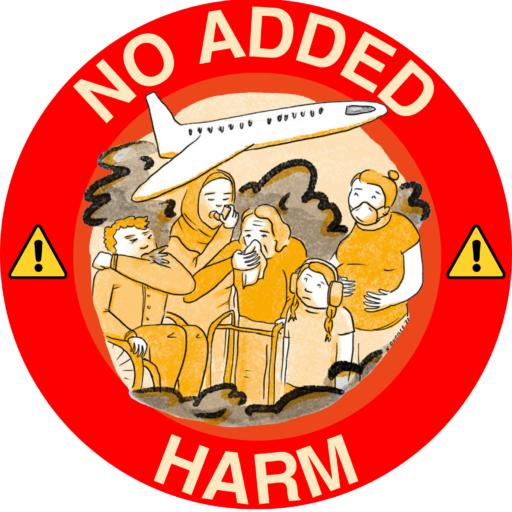Do you live under a flight path? Are you annoyed by the sounds of airplanes going over the places you live, work, play, or learn? Measuring noise levels at your home, work, school, or community space is a helpful tool for understanding how you experience the impacts of noise pollution! We support community members who want to measure noise and air pollution in their neighborhoods! We help with setting up a project, using the air and noise monitors, and interpreting / visualizing results. We also have a number of noise and air monitors for community members to borrow. If you have questions, want guidance on a project, or want to work together, please contact us.
Want to learn how to measure noise?
It can be pretty easy! Check out our guides for different devices:
Continuous Noise Levels
Continuous noise level (Leq) measures sound levels over a period of time. Leq is a way to express the varying sounds throughout a measurement as one average decibel level.
The World Health Organization has guidelines for noise levels in different environments:
Continuous Noise Map

Peak Noise Levels
Peak Noise Levels describe the loudest sound level recorded during a measurement
Why do we measure noise?
Noise pollution contributes to high blood pressure, heart disease, sleep disturbance, stress, annoyance, and poor school performance. Neighborhoods under flight paths experience high levels of noise pollution. Measuring noise is helpful not just for understanding the impacts not just from noise pollution but also air pollution! Ultrafine particles are pollutants from burning jet fuel. They have major potential health risks but are unregulated and widely unmonitored. We can estimate how much air pollution an area receives from airplanes: if you can hear airplanes you’re likely breathing in their air pollution!


